


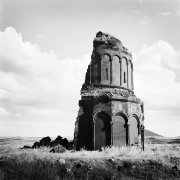



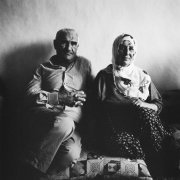

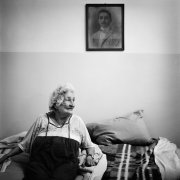


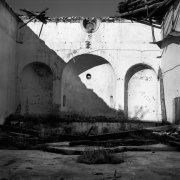

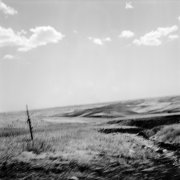
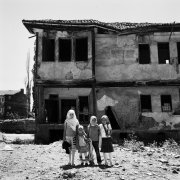

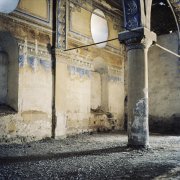


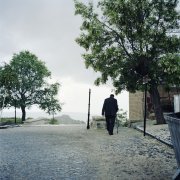

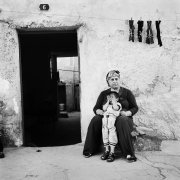


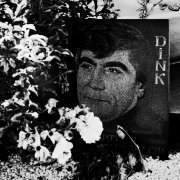

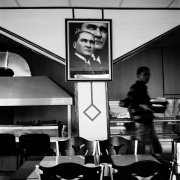
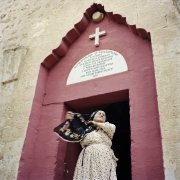
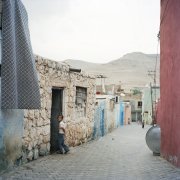
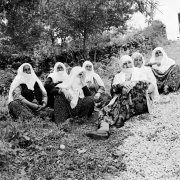
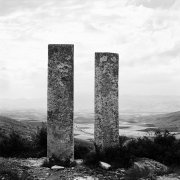

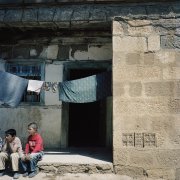

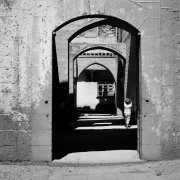

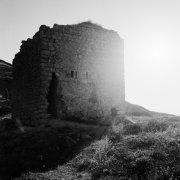
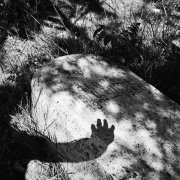
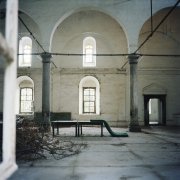
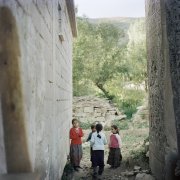
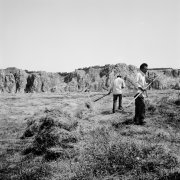
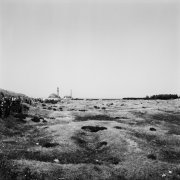
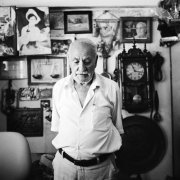
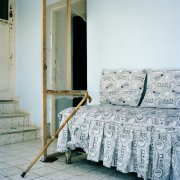
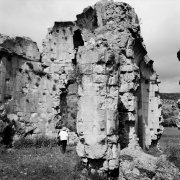

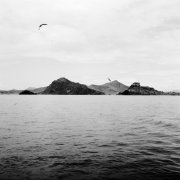
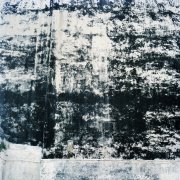


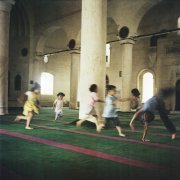


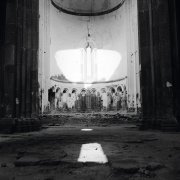


Synopsis
Anatolia questions the place of the armenian genocide in the turkish collective mind and history. This project aims at restoring a history that has been collectively denied for almost a century.
The context
The Turkish population has been ostracised from a major event in its modern history. From the mid-2000s onwards, the facts gradually came to light in Turkey, voices were raised and history resurfaced. Books on the Armenian genocide are published, challenging the official thesis of the Turkish government. In the spring 2013, the protest movement of the Gezi Park, which quickly became a rallying point for social protest, was severely repressed. Since then, President Erdogan has continued to strengthen his nationalist and authoritarian policy, making mass arrests of intellectuals and journalists, some of whom are still in prison, and closing this opening parenthesis.
When evoked, the armenian genocide seems to unravel such tensions among the Turkish population, that one may wonder how they live with a history that has been denied to them. For a Turkish citizen, knowing the truth about the Armenian genocide implies a radical reassessment of his past and of his history, may it be personnal or political.
The project
Anatolia questions those issues through a photographic essay voluntarily evocative. Nourished by many historical testimonies and essays, the purpose of this project is to replace the Armenian genocide in its present day geographical and social context.
In effect, to the images of the abandonned, vandalized, emptied Armenian sites, I juxtapose images of street scenes, portraits, and lanscapes in a visual language that reveals this dichotomy. The goal is to portray a rich, multicultural society, caught by its denied past, and on the verge to unbury this past.
Anatolia is a photographic essay that questions the place of the Armenian genocide in the Turkish collective mind and history. In my search to confront the past with the present, a denied history with the facts, I decided to work with an evocative writing, looking for signs and symbols, in order to reach the essential; clear the images from immediate referents and confront historical facts with today’s reality.
I gathered images from places that still hold visible traces of the Armenian presence and history on this Turkish territory. An indescribable void emanates from those places of memories. Showing the reality of this void and transformation in the process of eradication was a way to translate silence and denial.
Why photograph and search for traces of a 100 years history, when all is left are remnants?
The project came from the need to revisit a history that had been collectively denied by successive Turkish governments. A need to reveal its contemporaneity through images. Give oneself the hope that one photographic essay could call for another photographic essay; that it could be a pretext to illustrate other researches, feed other thoughts and make History a living matter. Make tangible through photography the veracity of what was and is no longer, what was and can no longer be visited, cherished and passed on.